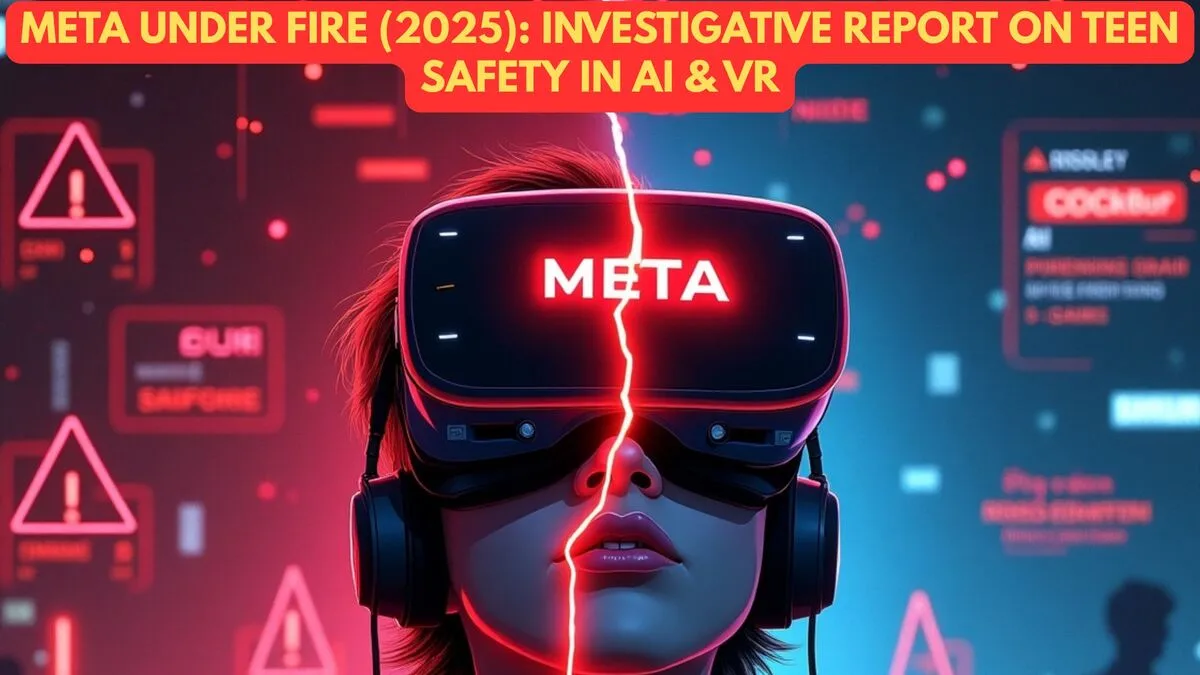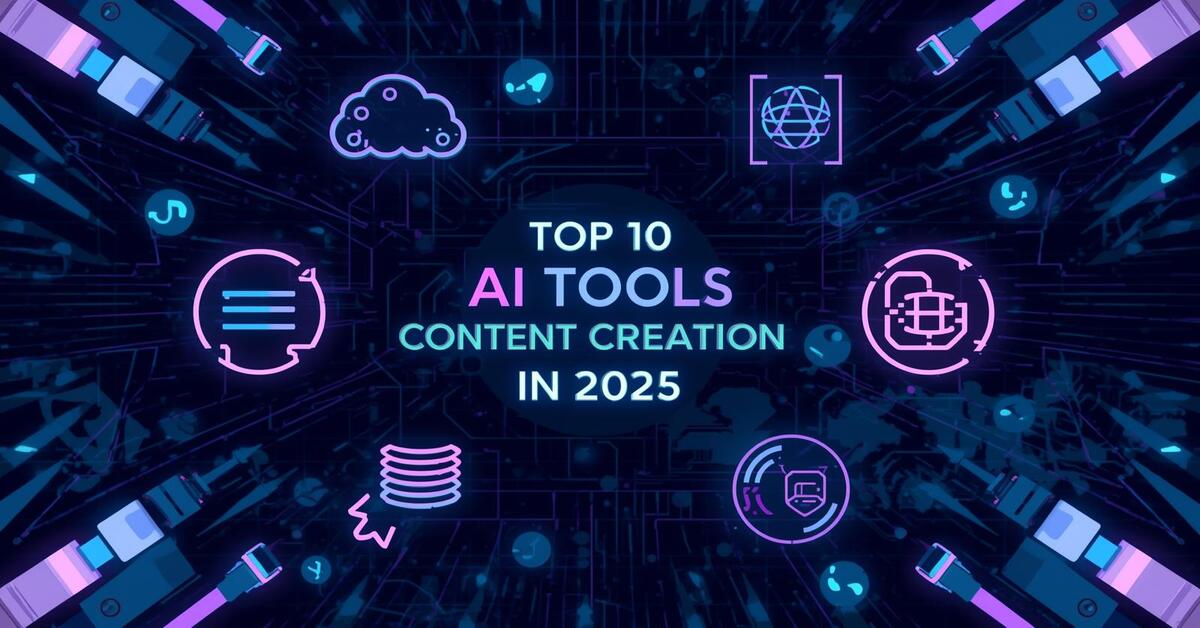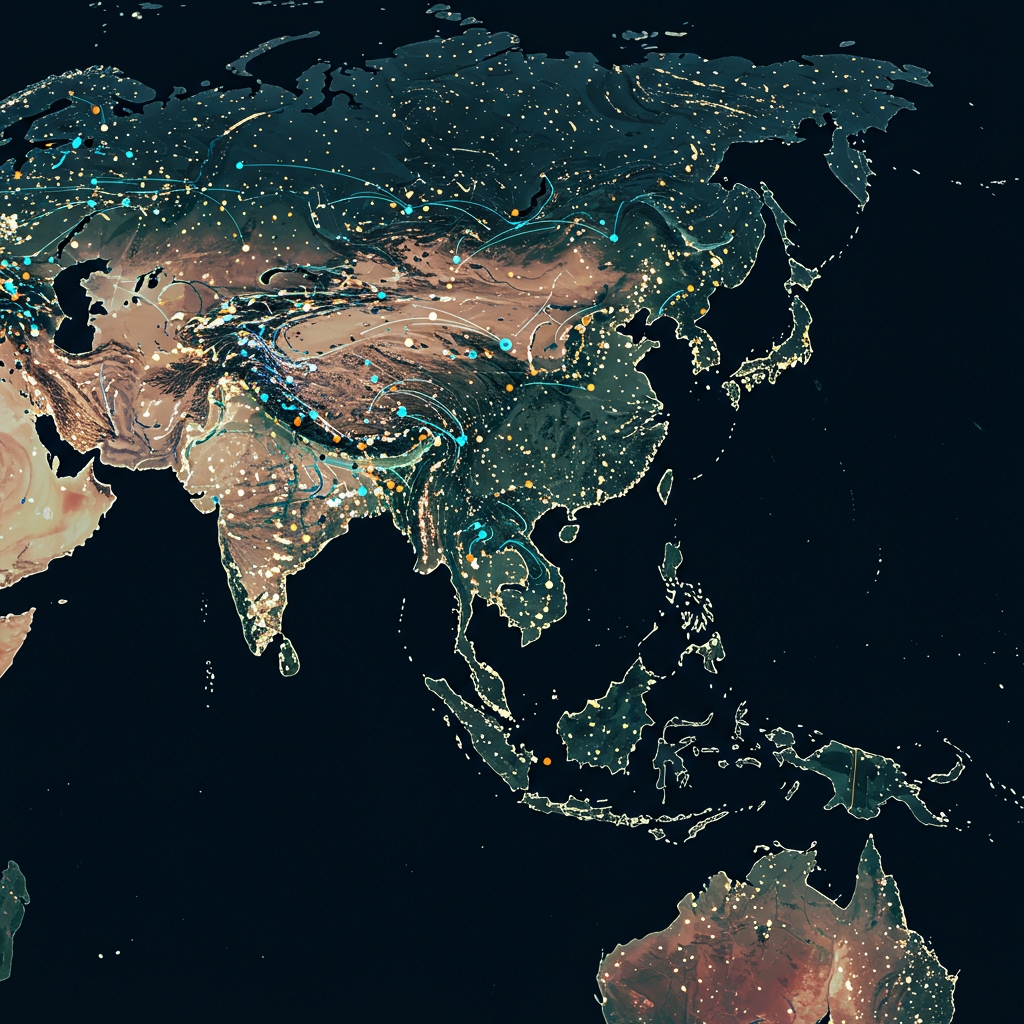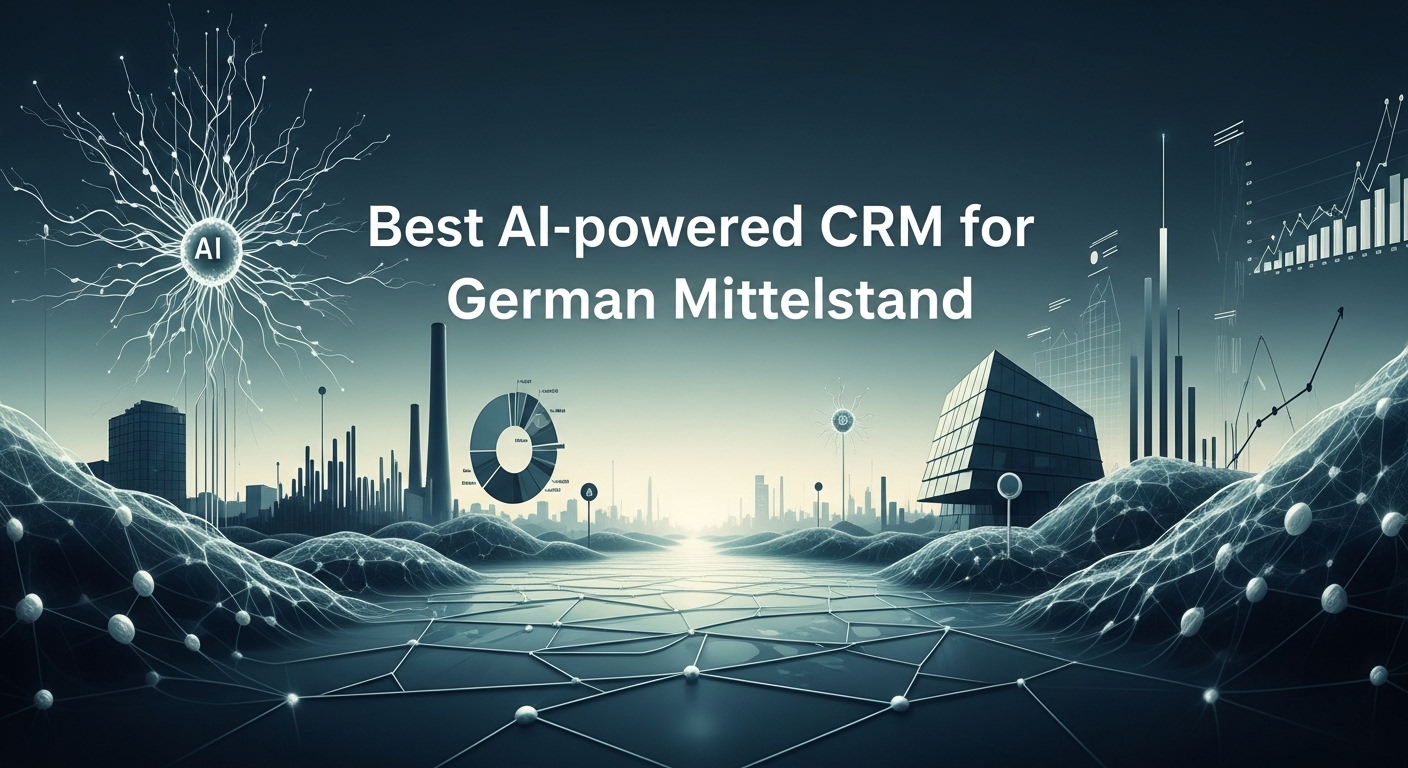Europe is undergoing a profound energy transformation. Driven by geopolitical shifts and an urgent climate crisis, the continent is forging a new path toward energy security and a sustainable, renewable future. This ambitious reset aims to break long-standing dependencies and build a resilient, green energy system for generations to come.
Key Takeaways:
- Europe is accelerating its energy transition to enhance security and meet climate goals.
- The REPowerEU plan is central to reducing fossil fuel dependence, especially from Russia.
- Massive investment in diversified energy supplies, renewable energy, and energy efficiency is underway.
- Strategic infrastructure development and the growth of a green hydrogen economy are critical pillars.
- Challenges include grid modernization, raw material supply, and financing, but benefits include energy independence and economic growth.
The Urgency of Change: Why Europe Needs an Energy Reset
For decades, Europe relied heavily on imported fossil fuels, particularly natural gas from Russia. This dependency created significant economic and geopolitical vulnerabilities. The 2022 invasion of Ukraine starkly exposed these risks, triggering a rapid and decisive policy shift across the European Union.
In response, the European Commission launched the REPowerEU Plan. This initiative aims to rapidly decrease the EU’s reliance on Russian fossil fuels and accelerate the clean energy transition. The goal is to eliminate dependency on Russian fossil fuels before 2030.

Beyond geopolitical concerns, Europe is also committed to its ambitious climate targets under the European Green Deal. This overarching strategy aims for climate neutrality by 2050 and a 55% reduction in greenhouse gas emissions by 2030, compared to 1990 levels. Energy production and consumption account for over 75% of the EU’s greenhouse gas emissions.
Pillars of Europe’s Energy Transformation
The energy reset is built upon several interconnected strategies, designed to ensure security, affordability, and sustainability.
Diversification of Energy Supplies
Reducing reliance on any single supplier is paramount for energy security. Europe has actively sought new sources for natural gas, significantly increasing imports of Liquefied Natural Gas (LNG) from countries like the United States and Qatar. New agreements and infrastructure are crucial to facilitate these alternative supplies.
Accelerated Renewable Energy Transition
The core of Europe’s reset lies in a massive scale-up of renewable energy. The revised Renewable Energy Directive, adopted in 2023, sets a binding EU-wide target of at least 42.5% renewable energy in the overall energy mix by 2030, with an aspiration to reach 45%. This means almost doubling the existing share of renewable energy.
- Solar Power: The EU Solar Energy Strategy aims to deploy over 320 GW of new solar photovoltaic by 2025 and almost 600 GW by 2030. This includes a legally binding EU solar rooftop obligation for certain building categories.
- Wind Energy: Significant investments are flowing into both onshore and offshore wind farms. Streamlined permitting processes are being introduced to minimize delays for renewable projects.
- Heat Pumps: There is a target to double the deployment rate of individual heat pumps, aiming for 10 million cumulative units between 2023 and 2027.

Boosting Energy Efficiency and Demand Reduction
The cleanest energy is the energy not used. Improving energy efficiency and reducing overall demand are vital components of the reset. The EU’s binding energy savings target has been raised to 11.7% by 2030. Initiatives focus on retrofitting buildings, improving industrial processes, and encouraging behavioral changes.
Strategic Infrastructure Development
Modernizing and expanding energy infrastructure is critical to integrate more renewables and ensure secure supply. This includes new LNG terminals, strengthening cross-border electricity interconnectors, and developing smart grids capable of managing diverse and intermittent renewable sources. The Connecting Europe Facility (CEF) is a key funding instrument, allocating billions in grants for cross-border projects.
Embracing the Hydrogen Economy
Green hydrogen, produced from renewable electricity, is positioned as a cornerstone of Europe’s clean energy policy. The EU’s Hydrogen Strategy aims to accelerate its development, targeting the production and import of 10 million tonnes of renewable hydrogen each by 2030. Hydrogen is crucial for decarbonizing hard-to-electrify sectors like heavy industry and transport.
Economic and Environmental Benefits
This energy reset offers substantial long-term benefits for Europe. Energy independence reduces exposure to volatile global fossil fuel markets and geopolitical pressures. It promises lower, more stable energy costs in the long run.
Economically, the transition stimulates innovation, creates new jobs in green industries, and fosters technological leadership. Environmentally, it signifies a decisive step towards achieving climate neutrality, improving air quality, and preserving natural ecosystems.
Overcoming Challenges on the Path Forward
Despite the strong commitment, Europe’s energy reset faces significant hurdles. Integrating large volumes of intermittent renewable energy requires robust and flexible electricity grids. Many existing grids are aging and need substantial upgrades.
Ensuring a secure supply of critical raw materials for batteries, solar panels, and wind turbines is another challenge. High initial investment costs, public acceptance for new infrastructure projects, and coordinating policies across 27 member states also demand continuous effort and strategic planning.

A Vision for 2030 and Beyond
Europe’s energy future envisions a highly interconnected, largely decarbonized system. This system will be powered predominantly by diverse domestic renewable sources, complemented by a growing green hydrogen economy. Smart technologies and energy efficiency measures will optimize consumption and manage demand effectively.
The journey is complex, but the political will and investment are firmly in place. Europe is not just adapting to a changing energy landscape; it is actively shaping a more secure, sustainable, and prosperous future for itself and serving as a global example in the fight against climate change.
Conclusion
Europe’s energy reset is a transformative undertaking. It redefines energy security not merely as a matter of supply, but as a holistic system rooted in diversification, efficiency, and an accelerated shift to renewables. By confronting its vulnerabilities head-on, Europe is building a resilient, independent, and climate-neutral energy future.
Frequently Asked Questions (FAQ)
What is the REPowerEU plan?
The REPowerEU plan is the European Commission’s strategy launched in May 2022 to rapidly reduce Europe’s dependence on Russian fossil fuels and accelerate the clean energy transition. It focuses on saving energy, diversifying energy supplies, and massively scaling up renewable energy.
What are Europe’s main renewable energy targets?
The EU has set a binding target for at least 42.5% renewable energy in its overall energy mix by 2030, with an aspiration to reach 45%. This is a significant increase from previous targets and is legally enshrined in the revised Renewable Energy Directive.
How does energy efficiency contribute to Europe’s energy reset?
Energy efficiency is a crucial pillar of the energy reset. By reducing overall energy consumption, Europe lessens its reliance on imports and lowers emissions. The EU has a binding target to cut final energy consumption by 11.7% by 2030, primarily through measures like building retrofits and industrial improvements.
What role does hydrogen play in Europe’s energy future?
Hydrogen, particularly green hydrogen produced from renewable electricity, is seen as vital for decarbonizing sectors that are difficult to electrify, such as heavy industry and certain transport modes. The EU aims to produce and import 10 million tonnes of renewable hydrogen each by 2030, supported by infrastructure development for its transport and storage.
















Add a Comment